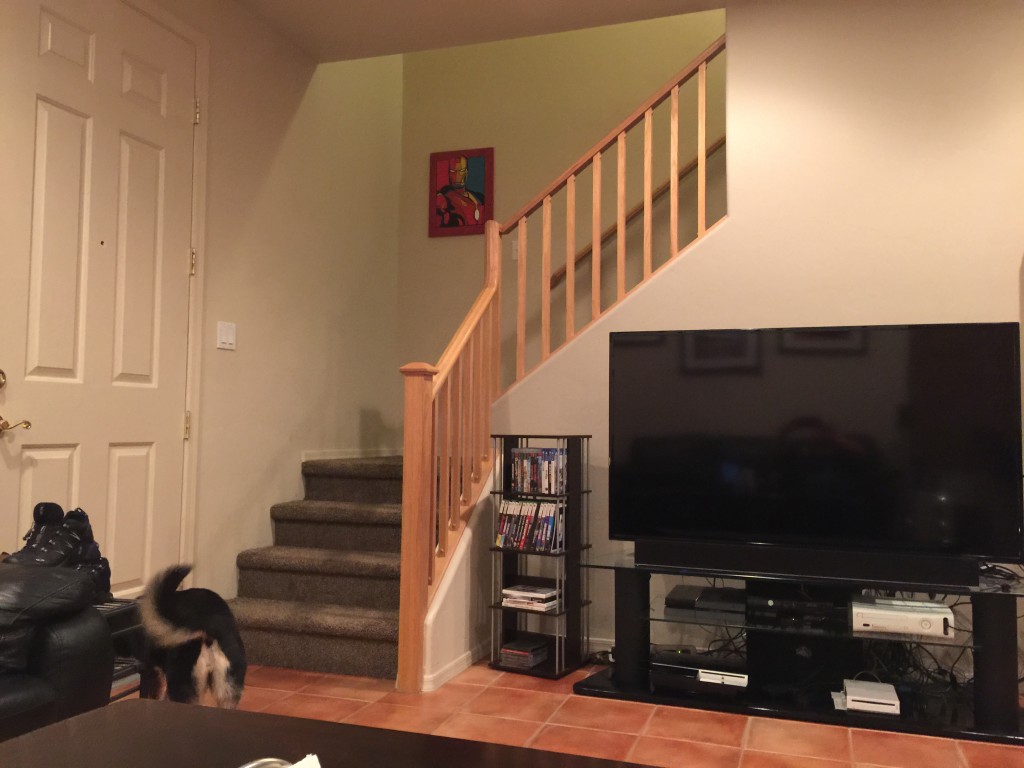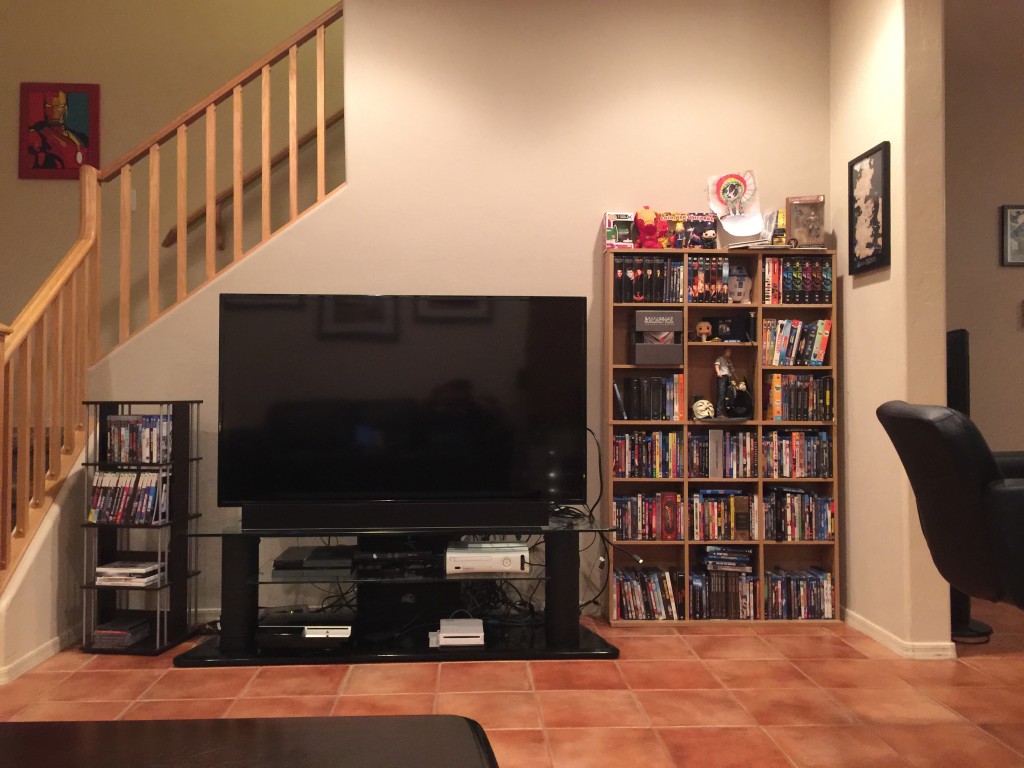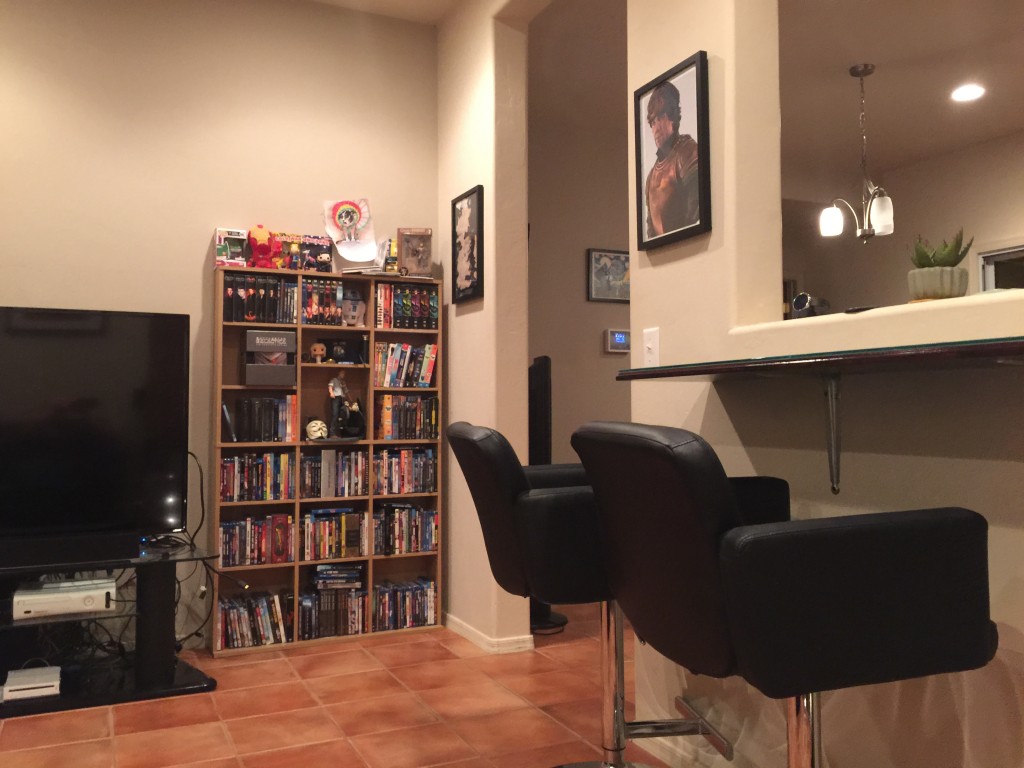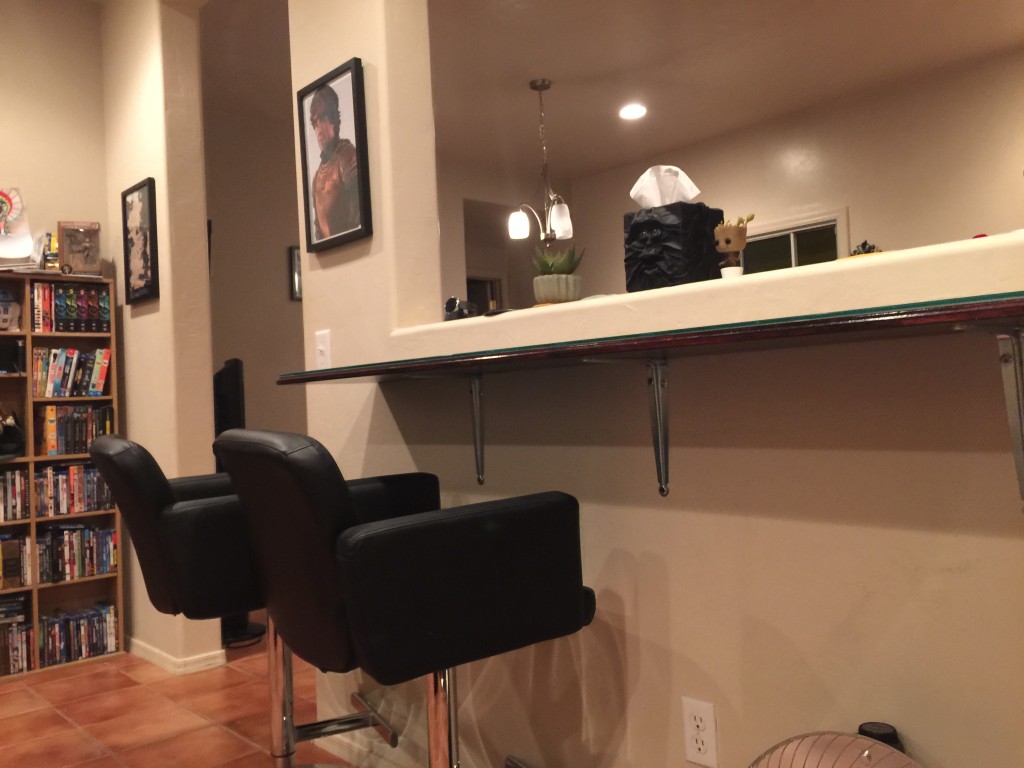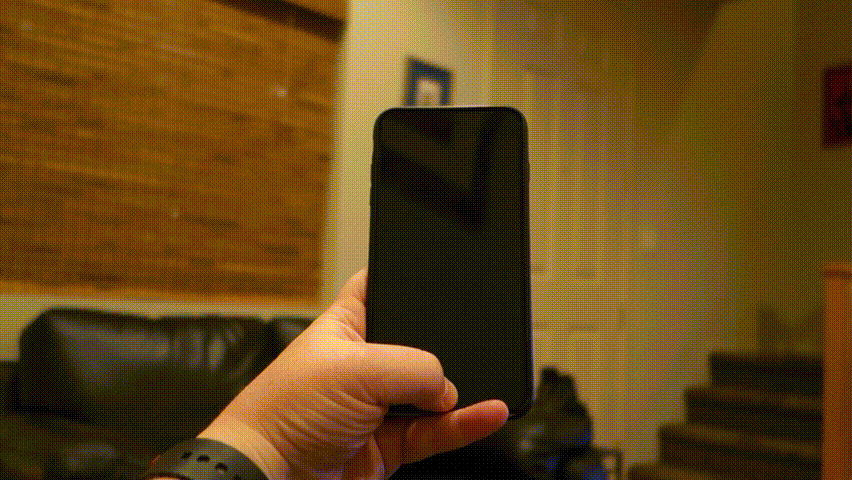Two weeks ago, I purchased an iPhone 6 Plus, largely due to my issues with battery life on Android phones. If you’ve been following my posts, you’ve probably figured out that I’ve decided to keep the iPhone and stick with iOS for awhile. I wish I could say I had some grand, all-consuming revelation, but really, it comes down to the same reason I decided to try an iPhone again in the first place: battery life.
My rule for the last two weeks was a simple one: if I was going to keep the iPhone, it had to last all day, every day, only being plugged in at night when I get to bed. Day two (New Year’s Eve) was actually a close call – it came off the charger early for work, and was used heavily throughout the day to coordinate my NYE party, stream music, etc. It scraped by with 10% left when I finally went to bed at 2 AM.
Since that day, though, I’ve come nowhere close to hitting that 10% mark. Sitting at home right now, after work, 11 or so hours after my phone came off the charger, my phone is at about 70% percent. When I go to bed, I will likely have more than 50% remaining – probably closer to 60%, actually. That means I could have used my phone way, way, way more, and still had battery to spare. One morning, I went running for two and a half hours, with RunKeeper tracking in the background the whole time, streaming podcasts to my Bluetooth headphones, and still had 88% battery left.
These numbers are about average from what I’ve seen in my two weeks of usage. They are also quite possibly irrelevant to you, as we likely live in different places, work in different places, and use our phones very differently. It’s an apples-to-oranges comparison to anything except my own previous experiences with phones – and in that regard, I can say it’s exceptional. I rarely play games or stream video, but I also don’t baby it – I simply use it when I need it. You know, like a tool should be used.
The key to this is standby time: when the phone’s screen is off, it is actually asleep, unless I’m intentionally doing something in the background, or it’s running one of the apps I’ve decided I want running in the background. It’s a bit of a revelation to use a phone whose battery life I don’t have to worry about, at all – in that regard, it’s more like having an iPad Nano than an iPhone. The iPad is a device I use every day without concern for the battery – and my phone now falls squarely in that same category. Until recently, I never would have thought that possible.
I’m not going to pretend there aren’t Android phones which, under the right conditions, would provide me the same results – I’m sure those Android phones exist. The problem is deeper than that: after owning three Android phones, and an Android tablet, I simply don’t trust Android to manage my phone’s battery life anymore. Given how I use my devices, I fear that buying an Android phone with a bigger battery would just be a bandaid over the larger problem of Android’s battery management. As long as a background app or process has the ability to wake my device and keep it awake, I will always have reason to doubt my phone’s reliability – and at this point, that’s an unacceptable scenario. I don’t own technology to babysit it; I own technology to use it.
Reliability is really what the iPhone 6 Plus is all about. It’s a boring answer, but for many of us, it’s also the only answer that matters. Vlad Savov explained why the iPhone’s camera is still the camera to beat better than I ever could, but it boils down to this: I can take my phone out, snap a random photo, and, 99% of the time, get reliable, in-focus results. I don’t even get that kind of reliability from my point-and-shoot, the fantastic Sony RX100M2. Obviously the image quality and shooting capabilities of the Sony camera are still far superior, and the camera still comes along to more important events, but I no longer feel the need to dual-wield a phone and a point and shoot on a day-to-day basis. On my Android phones, and to a lesser extent on my point-and-shoot, I rely on burst mode shots to make sure at least one will be in focus. I haven’t felt the need to do that with the iPhone; I only use burst mode for capturing motion or trying to get a very specific moment in time. I can hold the iPhone in one shaky hand, take a single photo, and, almost every time, it still comes through completely focused. I took a little video to demonstrate:
Photos from the sample video:
It’s frustrating because no Android OEM has managed to replicate whatever software algorithms Apple has – there’s certainly nothing special about the hardware optics, so it has to be done in the software. I imagine it’s quickly taking a bunch of photos when you hit the shutter key and either using that data to piece together an in-focus shot, or choosing the most in-focus of the ones it took, or some combination of those techniques. I honestly thought the iPhone’s camera abilities were exaggerated until I started using one again – but now, I am a believer, and it will be hard to settle for anything less.
It feels like a shame to talk about the iPhone 6 Plus without at least mentioning TouchID. I’d had some experience with it on the iPad Air, so I mostly knew what to expect, and I can’t really add much to what others have said. Personally, it’s hard to imagine going back to a phone that doesn’t allow me to secure my device in such a way – I put my thumb on the home button, push it down to wake up the device, and it unlocks almost instantly:
Trusted Devices on Android is good, but TouchID is fantastic, especially now that third-party apps can leverage it. Paying for apps in the App Store, logging into the Amazon app, opening the Mint and Alarm.com app, paying for stuff at NFC terminals – all secured with TouchID. Speaking of payment – Apple Pay is probably worth its own post at some point, but man, it is good. I used Google Wallet in the past, but Apple Pay definitely has the advantage when it comes to implementation. I simply point the top of my phone at an NFC terminal, an image of my credit card appears, I put my thumb on the TouchID sensor, and it’s done. This is the future, folks – and it’s kind-of neat.
So, does all of this mean I’m “switching” to iOS? Technically, yes, I guess, but I don’t really like the term “switching”, or the connotations that come with it. I’ve opted to use an iPhone as my daily driver for the foreseeable future simply because, at this moment in time, it’s the best device for my needs. A few years ago, Apple and I diverged – their phones weren’t big enough and the OS wasn’t flexible or interesting enough. Today, enough has changed that using an iPhone again just makes sense for me. I no longer feel like I’m making a major compromise when it comes to software or hardware, and the benefits – incredibly reliable all-day battery life and a best-in-class camera – are impossible to ignore.
I hope this isn’t a permanent change. I enjoy having a foot in the iOS world and the Android world, as I feel it forces me to broaden my perspective, both as a tech enthusiast, and with regards to the services I choose to use. Eventually, I hope to see an Android device released that, like the HTC One X before it, offers enough of an advantage over the iPhone that I can’t resist it.
Today, I am an iPhone user again. Tomorrow? I don’t know what I’ll be, but I can’t wait to find out – and that’s why I find the tech world such an exciting place.


